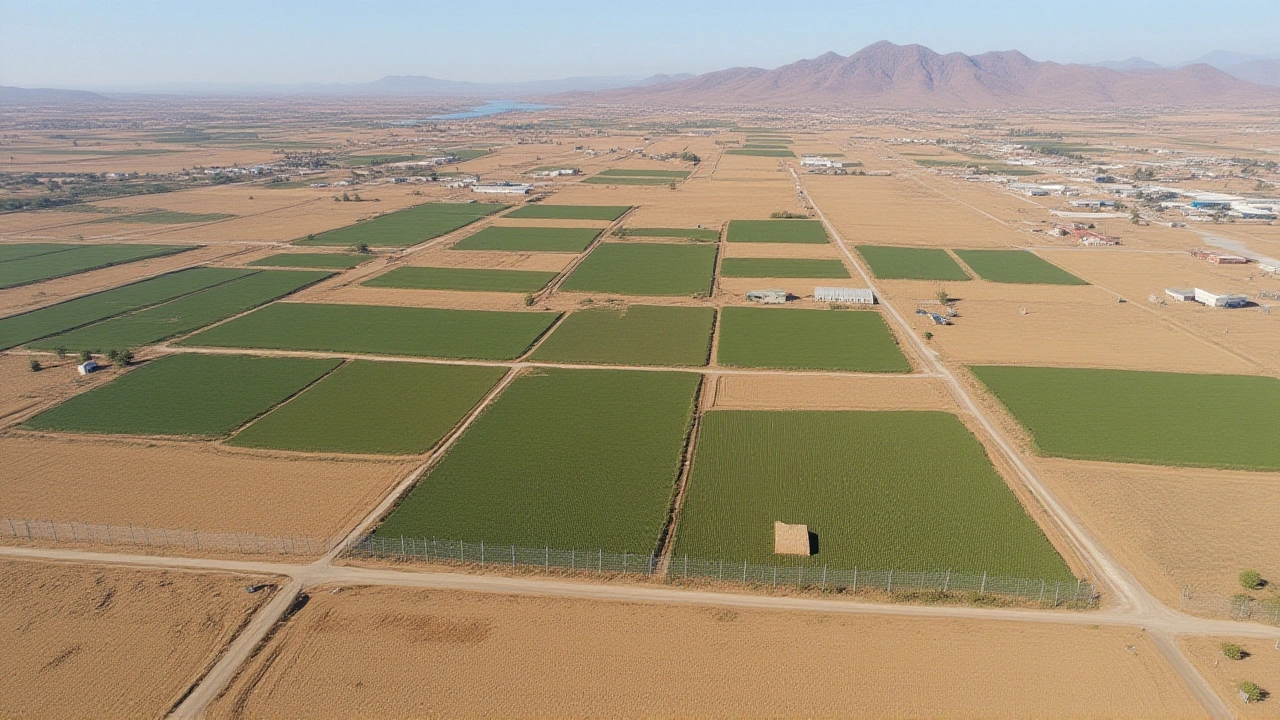Farmers in Africa – Latest News and Practical Advice
Did you know that over 60% of Africa’s workforce works the land? That makes every farmer’s story a big part of the continent’s future. On this page you’ll get quick updates on what’s happening in fields across Africa and simple ideas you can try on your own plot.
What’s happening on the ground?
From Kenya’s power boost for new irrigation pumps to Nigeria’s push for drought‑resistant seeds, governments are stepping up. In Kenya, the power company recently sourced 2,555 transformers to keep new connections running, a move that helps farmers run drip‑irrigation systems without blackouts. Meanwhile, South Africa’s latest climate report warns that rain patterns are shifting, prompting many smallholders to adopt rain‑water harvesting. If you’re in East Africa, you’ll notice more community solar projects that let you run small water pumps after dark. In West Africa, a regional pact on fertilizer subsidies has lowered costs for maize and rice growers, letting them plant more acres without breaking the bank.
Tech is also making a splash. Mobile apps that send weather alerts straight to your phone are now common in Tanzania, and a Ghanaian startup just launched a marketplace where you can sell surplus produce directly to urban buyers. These tools cut the middleman and help you get better prices. And don’t forget the growing interest in organic farming – many markets in Kenya and Rwanda now pay a premium for pesticide‑free beans and tomatoes.
Simple steps to improve your yield
You don’t need a fancy degree to boost your harvest. Here are three easy actions you can start this week:
- Check your soil pH. A quick test kit from a local agro‑dealer tells you if your soil is too acidic or alkaline. Adjust with lime or gypsum as needed – it can raise yields by up to 20%.
- Use mulching. Spread straw, dry leaves, or even banana stems around your crops. Mulch keeps moisture in, reduces weeds, and adds organic matter as it breaks down.
- Rotate crops. Plant beans after cereals, or maize after legumes. This breaks pest cycles and puts nitrogen back into the soil, meaning less fertilizer spend.
Pair these tricks with the latest news you read on this page and you’ll have a solid plan for the season. If you’re already using some of these methods, share your success in the comments – other farmers love real‑world tips.
Remember, farming is a mix of tradition and new ideas. Stay curious, keep an eye on policy changes, and don’t be afraid to test a small plot before going big. With the right information and a few practical steps, you can turn challenges into opportunities and keep your farm thriving.
A new pilot project in the Berg River Valley is giving local farmers a way around relentless loadshedding. Partnering with Eskom, the scheme blends solar, battery storage and smart irrigation controls. Early results show reduced power cuts and steadier crop yields. The initiative could become a template for other rural water users facing South Africa's energy crisis.
Recent-posts
May, 15 2024
Sep, 1 2025
Jan, 6 2025






